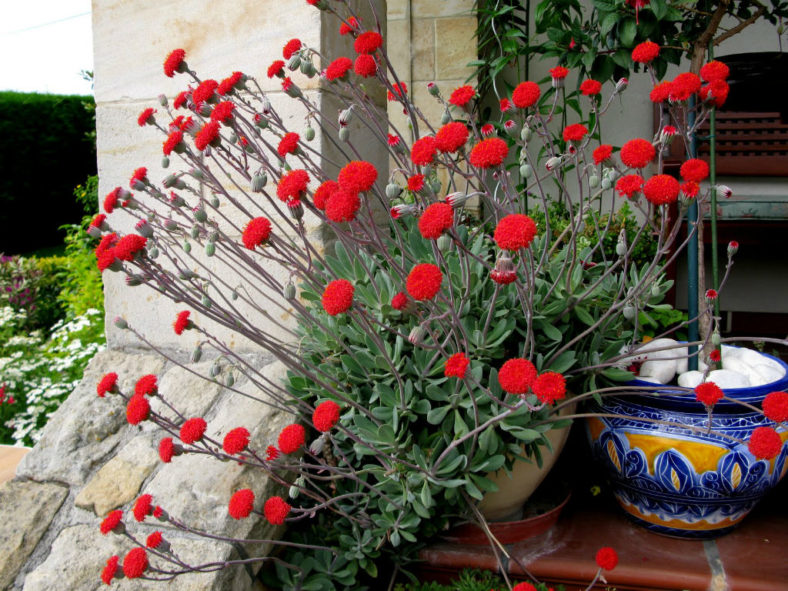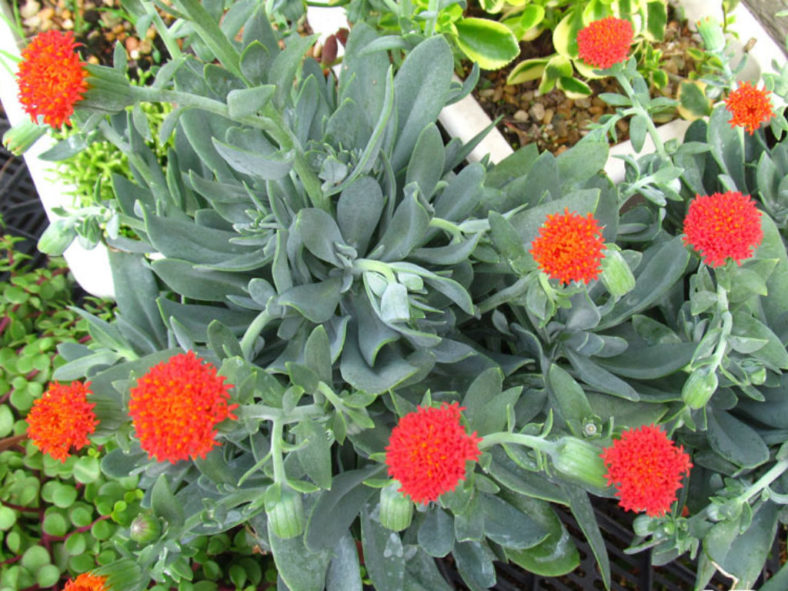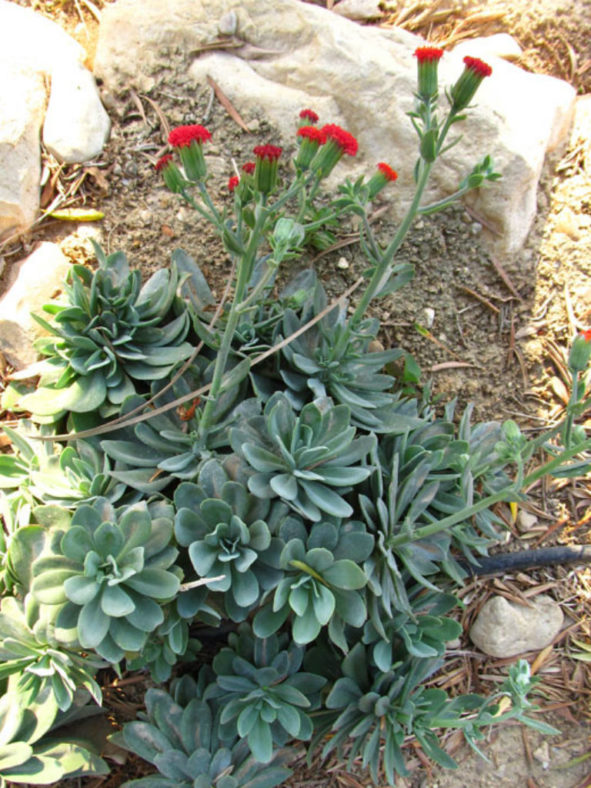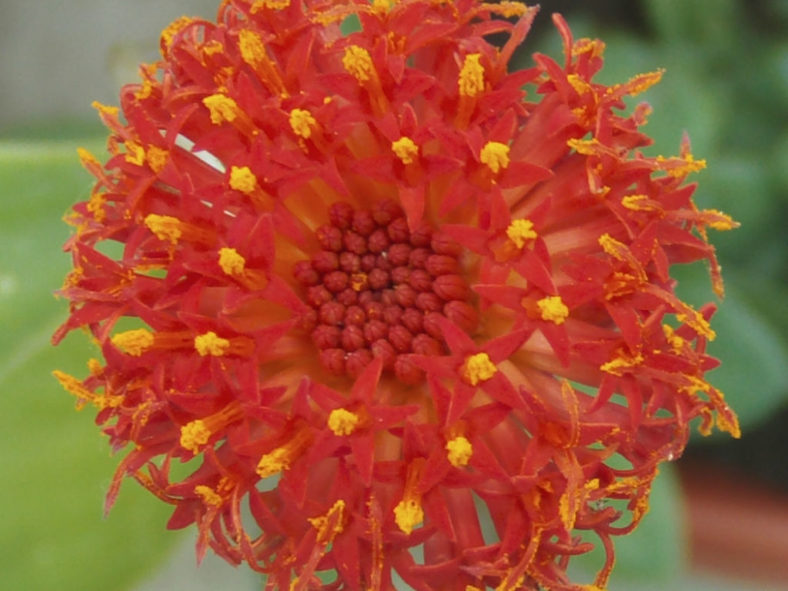Scientific Name
Kleinia fulgens Hook.fil.
Common Name(s)
Coral Ragwort, Coral Senecio, Scarlet Kleinia
Synonym(s)
Notonia fulgens, Notoniopsis fulgens, Senecio fulgens
Scientific Classification
Family: Asteraceae
Subfamily: Asteroideae
Tribe: Senecioneae
Subtribe: Senecioninae
Genus: Kleinia
Etymology
The specific epithet "fulgens" (pronounced "FUL-jenz") means "shining, glittering" and refers to the vibrant scarlet color of the flowers of this species.
Origin
Kleinia fulgens is native to South Africa (KwaZulu-Natal), Mozambique, and Zimbabwe.
Description
Kleinia fulgens, also known as Senecio fulgens, is a stunning succulent with grey-green leaves and a profusion of scarlet flowers. It grows from a creeping tuberous rootstock and can reach 2 feet (60 cm) in height. The leaves are fleshy and have a purplish underside.
The flowers appear in mid-winter.

How to Grow and Care for Kleinia fulgens
Hardiness: USDA hardiness zones 10a to 11b: from 30°F (-1.1°C) to 50°F (10°C).
Established Senecios are extremely drought-tolerant. They need some water during the summer, but do not leave the soil wet for prolonged periods. Allow the soil to dry out between waterings in winter when they are somewhat dormant. Since they are growing in sandy soil, they will need to be replenished with nutrients. Fertilize annually, but lightly. Too much fertilizer can lead to excessive leggy growth.
Taller varieties can get floppy. You can prune them back to where the stem is firm in early spring. You can even root the cuttings.
Plants can be divided or repotted in early spring. If you are growing them in containers, they enjoy spending the summer outdoors. Wait until there is no danger of frost and move them back indoors in the fall.
Senecio can be grown from either seed or cuttings. Seeds prefer warm temperatures and constant moisture to germinate. Cuttings are easier and faster. Cut during the growing season, from early spring to fall. Plant the cuttings in containers filled with sandy soil.
Learn more at How to Grow and Care for Senecio.
Links
- Back to genus Kleinia
- Succupedia: Browse succulents by Scientific Name, Common Name, Genus, Family, USDA Hardiness Zone, Origin, or cacti by Genus
Photo Gallery
Click on a photo to see a larger version.


